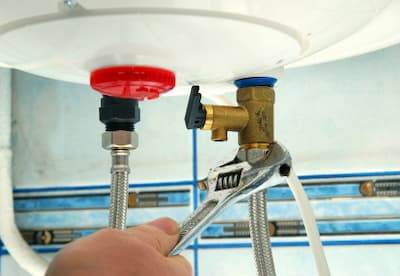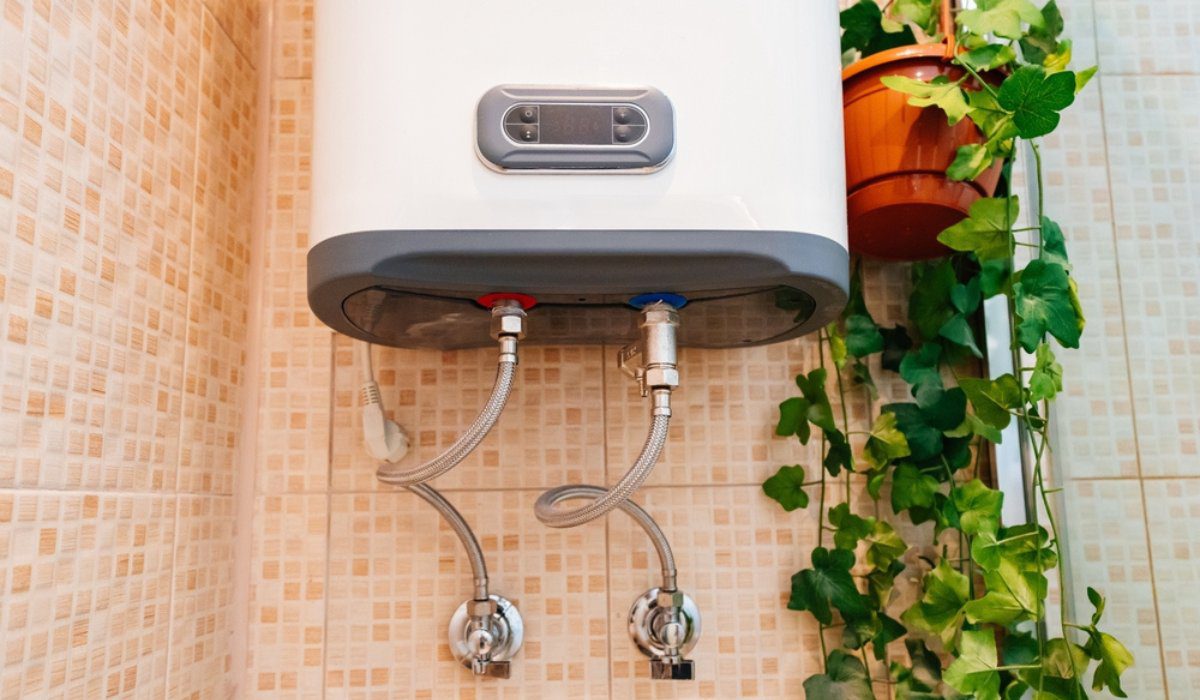Just about everyone is bound to have their unique way of thinking on the subject of How to Maintain a Hot Water Heater in a Few Simple Steps.

Hot water is important for daily convenience, whether it's for a revitalizing shower or washing dishes. To guarantee your warm water system runs effectively and lasts longer, routine maintenance is crucial. This short article gives useful tips and understandings on how to preserve your home's hot water system to prevent disruptions and costly fixings.
Intro
Maintaining your home's warm water system might appear complicated, yet with a few straightforward steps, you can guarantee it operates efficiently for years to find. This overview covers everything from recognizing your hot water system to do it yourself maintenance ideas and recognizing when to contact specialist help.
Importance of Preserving Your Warm Water System
Regular upkeep not just extends the life expectancy of your warm water system but likewise guarantees it runs efficiently. Ignoring upkeep can lead to lowered performance, greater energy expenses, and also premature failure of the system.
Indications Your Warm Water System Needs Maintenance
Understanding when your hot water system requires focus can prevent major problems. Keep an eye out for indications such as irregular water temperature level, strange sounds from the heating system, or rusty water.
Recognizing Your Hot Water System
Before diving right into maintenance tasks, it's handy to recognize the basic elements of your warm water system. Generally, this consists of the hot water heater itself, pipes, anode rods, and temperature controls.
Month-to-month Maintenance Tasks
Routine month-to-month checks can help catch small concerns before they intensify.
Flushing the Water Heater
Purging your hot water heater removes debris build-up, improving efficiency and prolonging its life.
Checking and Changing Anode Rods
Anode poles prevent corrosion inside the storage tank. Evaluating and changing them when broken is crucial.
Examining and Changing Temperature Level Setups
Readjusting the temperature settings guarantees ideal performance and safety and security.
DIY Tips for Maintenance
You can carry out a number of upkeep jobs on your own to maintain your hot water system in leading problem.
Looking for Leakages
Regularly inspect pipes and connections for leaks, as these can result in water damage and higher bills.
Testing Pressure Relief Valves
Evaluating the pressure relief valve ensures it operates appropriately and protects against excessive pressure buildup.
Insulating Pipes
Insulating warm water pipelines minimizes warm loss and can save energy.
When to Call an Expert
While DIY maintenance is advantageous, some issues require specialist expertise.
Facility Concerns Calling For Specialist Aid
Instances include significant leakages, electric issues, or if your water heater is regularly underperforming.
Routine Professional Upkeep Conveniences
Expert maintenance can consist of detailed examinations, tune-ups, and guaranteeing compliance with safety criteria.
Verdict
Routine upkeep of your home's warm water system is vital for effectiveness, longevity, and price financial savings. By complying with these pointers and understanding when to seek specialist help, you can ensure a trusted supply of warm water without unforeseen disruptions.
Water Heater Maintenance: The Basics
Maintaining your water heater will ensure it operates efficiently and has a longer lifespan. Neglecting regular maintenance can lead to costly repairs and an even bigger chunk of your savings if you have to replace it sooner than necessary. But there’s good news: Most water heater maintenance tasks are relatively simple and easy for homeowners with basic DIY skills.
Flush the Water Heater
Over time, sediment and minerals can build up in the tank, reducing its efficiency and potentially causing damage. To flush the tank, turn off the power or gas supply, attach a hose to the drain valve near the bottom and open the valve to drain the water until it runs clear. Ideally, flush the tank annually.
Replace the Anode Rod
The anode rod is a sacrificial metal rod that helps prevent corrosion inside the tank. Inspect and replace it every three to five years or per the manufacturer's recommendation. To replace the anode rod, turn off the power or gas supply, drain a few gallons of water from the tank, unscrew the old rod and replace it with a new one. If the anode rod is significantly corroded or covered in calcium buildup, it's a sign the water heater may need to be replaced soon.
Tune-Up
A yearly tune-up can help identify potential issues and ensure your water heater operates at peak efficiency. This typically involves checking the thermostat, burner assembly (for gas heaters) and any other components specified by the manufacturer. During a tune-up, the technician may also clean the burner and adjust the pilot light (for gas heaters) or examine the heating elements (for electric heaters).
How to Maintain Your Water Heater
Insulate the tank. Insulating the tank can improve energy efficiency and reduce heat loss, saving you money on energy bills. You can purchase precut insulation blankets designed specifically for water heaters or use standard fiberglass insulation wrapped securely around the tank. Check the temperature. The recommended water temperature for most households is around 120 degrees Fahrenheit (49 degrees Celsius). Higher temperatures can increase energy costs and potentially cause scalding. Use a kitchen thermometer to check the temperature at the faucet nearest the water heater. Monitor water pressure. Excessive water pressure can strain the water heater and cause leaks or even tank failure. Install a pressure-reducing valve if necessary. The ideal water pressure range is between 60 and 70 PSI (pounds per square inch). Test the temperature and pressure (T&P) relief valve. The T&P relief valve is a safety feature that releases pressure if the tank gets too hot or the pressure builds up too high. Test it annually by lifting the lever and allowing a small amount of water to release. Replace the valve if it doesn't release water or reseal properly. Check for leaks. Regularly inspect the tank, pipes and fittings for leaks or corrosion. Deal with issues promptly to prevent further damage. Even a small leak can lead to significant water damage over time. Consider a tankless water heater. If your traditional tank-style water heater is nearing the end of its lifespan ( typically 10 years), consider replacing it with a tankless water heater. These units heat water on demand, reducing standby energy losses and potentially saving you money on your energy bills. Schedule professional maintenance. While homeowners can perform many water heater maintenance tasks, it's still a good idea to schedule professional maintenance every few years. A plumber or HVAC technician can thoroughly inspect the unit, identify potential issues and ensure it operates safely and efficiently. https://www.homeserve.com/en-us/blog/home-improvement/hot-water-heater-maintanence/

Do you appreciate more info about Tips on Maintaining a Water Heater? Try to leave a short review directly below. We will be pleased to listen to your reactions about this posting. In hopes that you come back again in the future. Sharing is good. You never know, you could be helping someone out. Thank you for being here. Return soon.
Visit Site